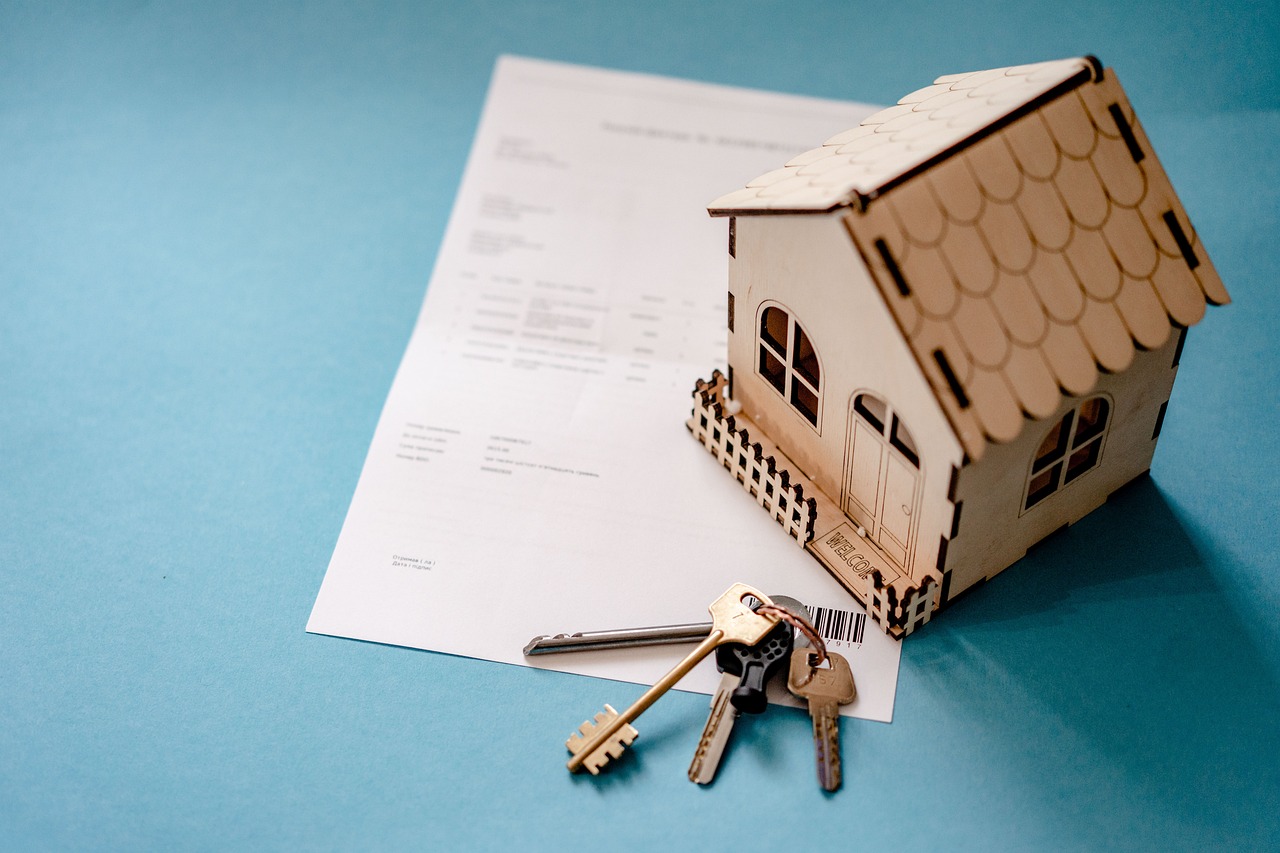When it comes to borrowing money, the interest rate on your personal loan is one of the most important factors to consider. Whether you’re consolidating debt, covering a large expense, or funding a personal project, understanding how personal loan interest rates work in the U.S. can help you make smarter financial decisions.
This guide breaks down everything you need to know about interest rates, how they’re calculated, and what affects the rate you receive.
An interest rate is the cost you pay to borrow money, expressed as a percentage of the total loan amount. When you repay your personal loan, your monthly payment includes both:
- Principal: The original amount borrowed
- Interest: The lender’s fee for providing the loan
Personal loan interest rates in the U.S. are typically fixed, meaning they remain the same throughout the life of the loan.
- Does not change over time
- Predictable monthly payments
- Ideal for budgeting and long-term planning
- Can fluctuate based on market conditions
- Monthly payments may increase or decrease
- Less common for personal loans
Most personal loans in the U.S. are fixed-rate loans due to their stability and ease of management.
| Credit Score Range | Estimated APR Range |
|---|---|
| Excellent (720–850) | 6% – 12% |
| Good (690–719) | 11% – 16% |
| Fair (630–689) | 17% – 24% |
| Poor (300–629) | 25% – 36%+ |
Lenders determine your personal loan interest rate based on several key factors:
Higher credit scores typically qualify for lower interest rates, as they indicate lower lending risk.
Stable employment and a steady income assure lenders of your ability to repay.
DTI compares your monthly debt payments to your gross income. A lower DTI improves your chances of getting better rates.
- Smaller loan amounts may have slightly higher rates.
- Longer terms may result in higher overall interest paid, even if the monthly payments are lower.
Online lenders, credit unions, and traditional banks all offer different rate structures.
If you want to secure a better personal loan rate, consider these steps:
- Improve your credit score by paying bills on time and reducing credit card balances.
- Shop around and compare offers from multiple lenders.
- Consider a co-signer if your credit history is limited or poor.
- Opt for shorter loan terms, which typically have lower rates.
- Avoid unnecessary fees, such as prepayment penalties or high origination charges.
- Interest Rate: Only reflects the cost of borrowing.
- APR (Annual Percentage Rate): Includes the interest rate plus lender fees, giving a more complete cost of the loan.
Always compare APRs, not just interest rates, when evaluating loan offers.
Understanding how personal loan interest rates work is crucial before signing on the dotted line. Even a small difference in rate can significantly affect your monthly payments and the total amount you repay.
By improving your credit score, reducing your debt-to-income ratio, and comparing multiple lenders, you can increase your chances of securing a personal loan with favorable terms.

